White-tailed deer are one of the most common mammals in Texas, but that wasn’t always the case. By 1900 deer had almost been extirpated from the state by unregulated hunting. The Game, Fish and Oyster Commission first acted to implement bag limits and hunting licenses, but more proactive work was needed to rebuild the population. Thousands of deer were captured in South Texas and distributed throughout the state starting in 1938. It was largely successful, and you can see some of the results on any drive through suburban Texas today.
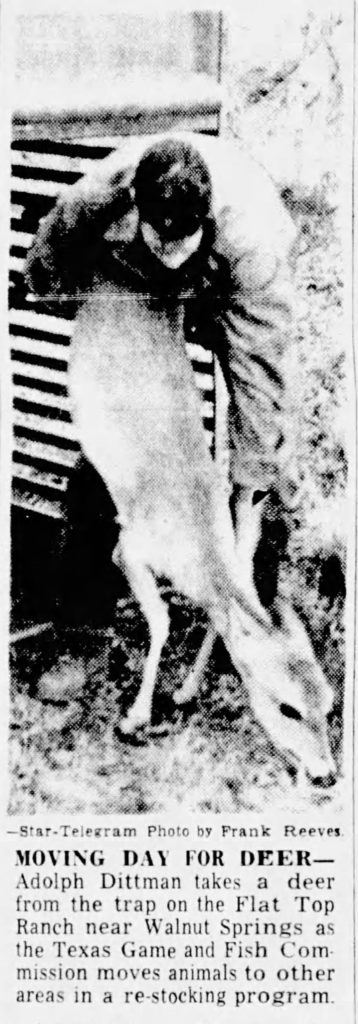
From 1938 to 2020 over 30,000 while-tailed deer have been restocked throughout Texas. The articles below chronicle the development of the program.
Austin American-Statesman – May 12, 1938, p. 10
From the start there was some trial and error with how to best do the restocking. The game managers found that wild captured deer had a higher survival rate than domesticated deer. They also moved to smaller roundups of those deer, since large captures ended up with mayhem and deer dying of fright.

Fort Worth Star-Telegram – April 30, 1943, p. 24
World War II caused a lull in hunting that allowed the Game, Fish and Oyster Commission to better restock deer populations. They also seemed to have focused more on moving deer from South Texas to the Hill Country, instead of moving them from within the Hill Country.
Abilene Reporter-News September 7, 1945, p. 8
This article does a good job of detailing what landowners needed to be eligible for deer restocking–10,000 acres of land and a willingness to forgo hunting for five years.
The Mexia Daily News (Mexia, Texas) · Wed, Jan 3, 1968 · Page 4
Finally, this article from 1968 details some of the successes the program had.
Forty two counties which formerly had few deer now have a huntable population due to restocking….
From 1938 to 2020 over 30,000 deer have been restocked throughout Texas.
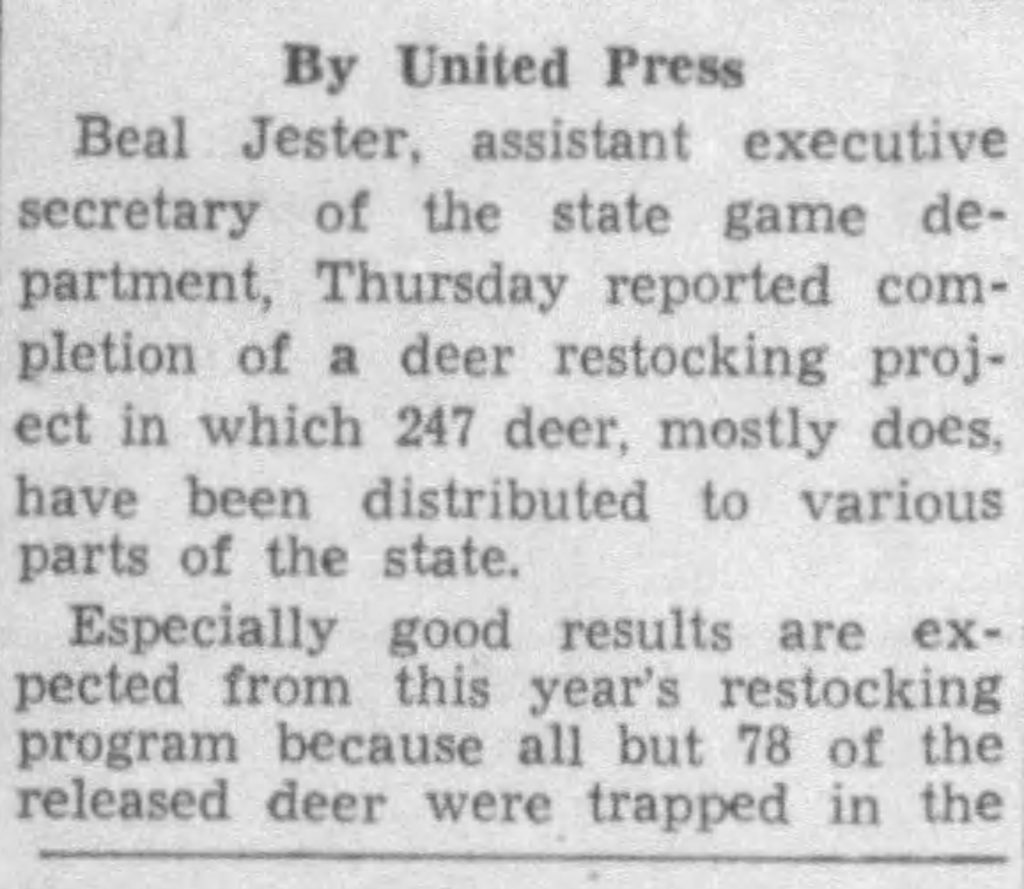
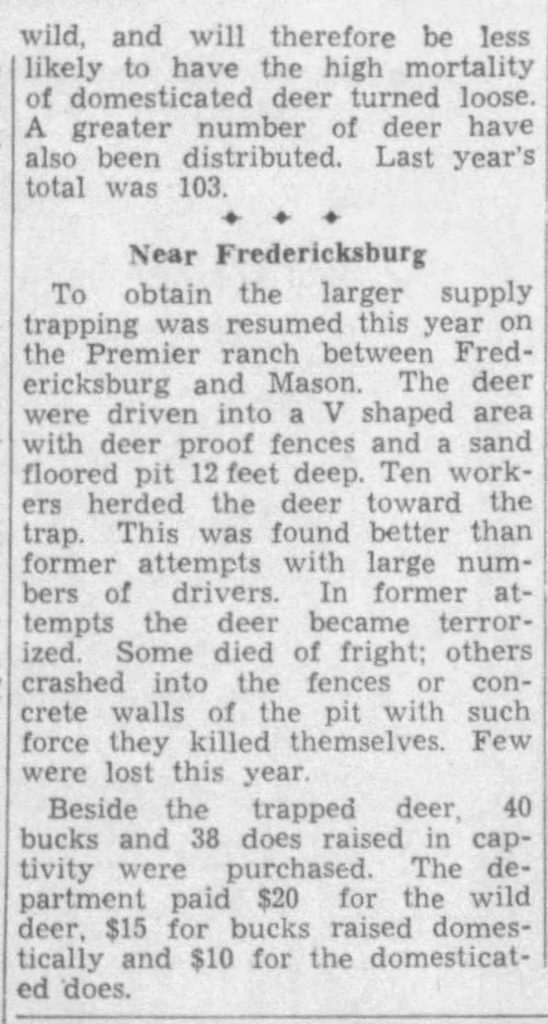

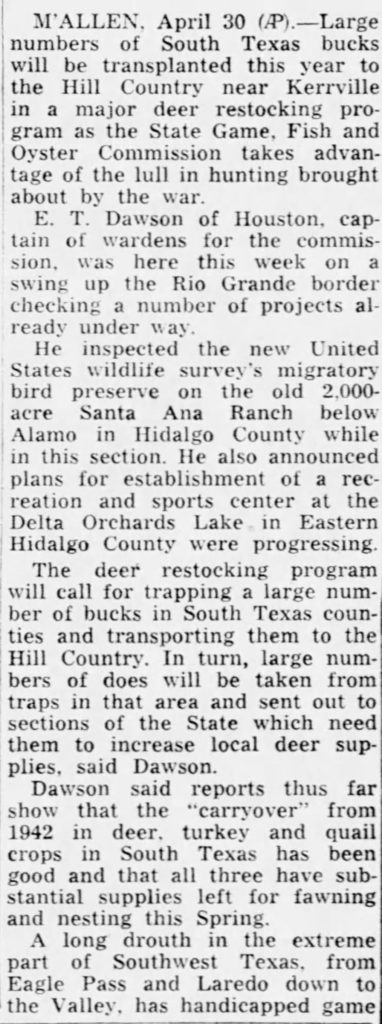
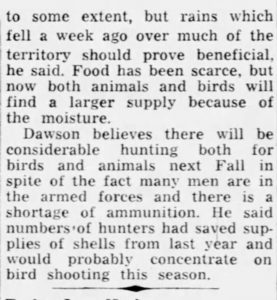

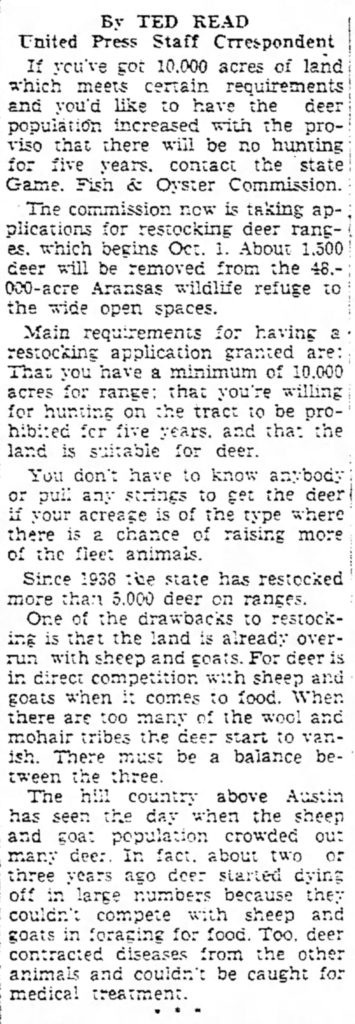
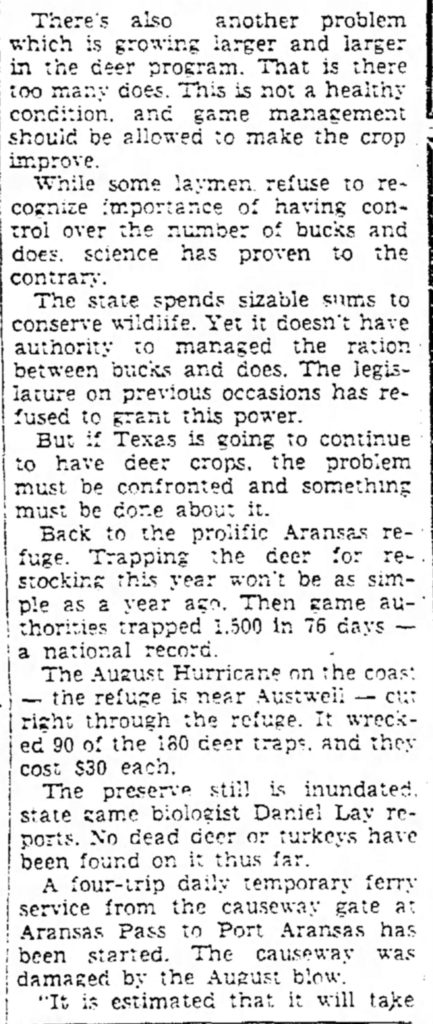
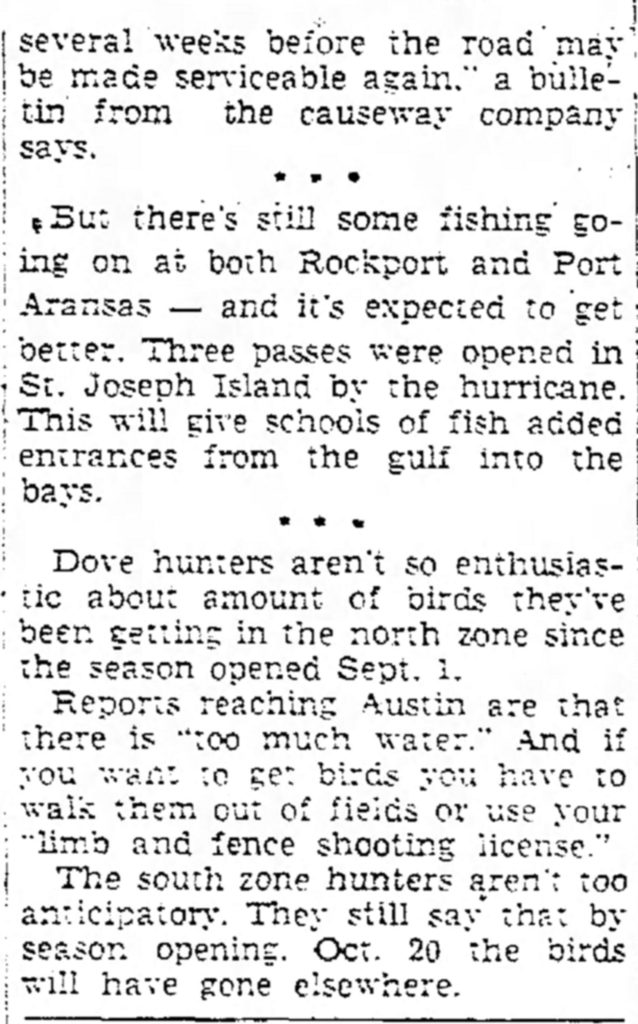

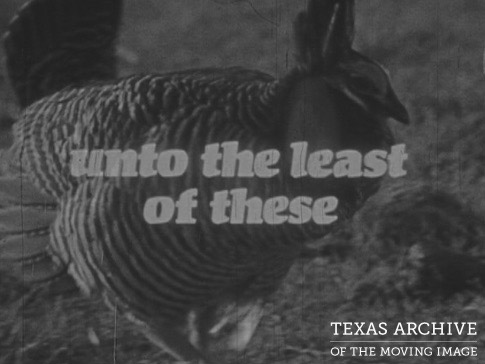
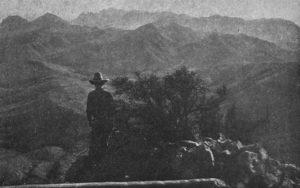
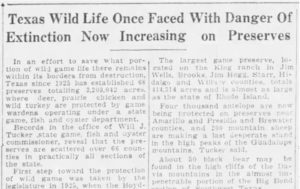
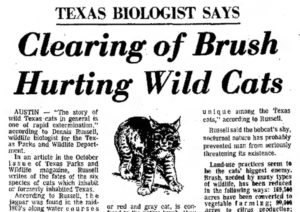

Comments are closed.